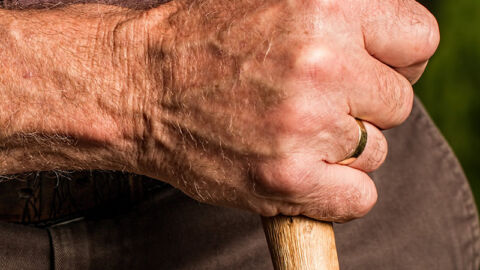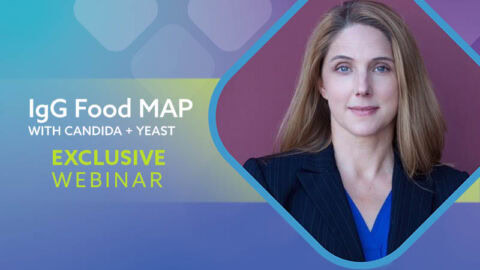Overview
In collaboration with Regenerus Labs, watch James Neuenschwander, MD (Dr. Neu) in a one-hour presentation on how to diagnose a mold-toxic patient starting with when to suspect that mycotoxins might be a part of your patient’s symptom survey or routine lab results.
Using real-world examples, he will guide you through identifying the source of mold, detoxifying the mycotoxins from an individual, and using the OAT and MycoTOX Profile as surveillance tools to monitor progress and determine the appropriate treatment program.
He will also cover some of the basics behind treating sequelae of prolonged mycotoxin illness like mast cell activation syndromes and autonomic dysfunction.
Objectives
At the end of this presentation, participants should be able to:
- Identify signs, symptoms, and findings on routine labs that should alert them to the possibility of a mold-toxic patient.
- Recognize the markers on an organic acid test (OAT) that would suggest toxicity.
- Use a mycotoxin screen to identify patients that have an exposure to mycotoxins.
- Differentiate between a patient that has mold colonization and one that does not.
- Identify the tools that can be used to determine if a patient with mycotoxins in their urine is symptomatic from those mycotoxins.
- Review the use of binders to remove mycotoxins.
- Identify patients who would benefit from the use of antifungals.
- Review the detox pathways and identify ways to support them.

About the Author
James Neuenschwander, MD
Dr. Neu is board-certified in Emergency Medicine, Integrative and Holistic Medicine, as well as Anti-Aging and Regenerative Medicine. In addition, he is a Fellow of the American Academy of Anti-Aging Medicine (A4M) and holds a certification in chelation therapy. He is a member of A4M, ACAM, and ILADS. He has been a DAN! Practitioner since 2007 and a member of Medical Academy of Pediatric Special Needs (MAPS) since its founding. His private practice is in Ann Arbor, Michigan.
You Might Also Like
View All Webinars
Health Conditions and Recommended Testing for Arthritis
According to the Arthritis Foundation, arthritis is a general term for jo…

Depression, Antidepressant Medications, And Risk Of Clostridium Difficile Infection
Mary A M Rogers, M Todd Greene, Vincent B Young, Sanjay Saint, Kenneth M Langa, John Y Kao, and …
Stay Informed, Stay Ahead
Join the MosaicDX community and elevate your testing knowledge.

